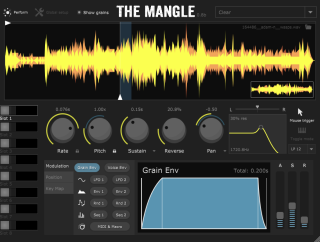So I finally decided to buy my first hardware synth (or any hardware device that doesn’t just serve as an interface for PC) – 0-Coast by Make Noise. Why this one?

I always wanted to have a hardware synth (or a dozen, you know this feeling), but realistically they are very expensive compared to functionality they offer. A cheap hardware synth is still 3 times more expensive than the best VST, such as Serum – and offers a fraction of its possibilities on paper. The hardware, however, has the advantage of fast work and also is great for learning and experimenting with hands-on experience. There are no presets in this curious box, so every time I need to make a patch from scratch. Also, it encourages experimenting and improvising.
There are a plenty of synths I considered, but they all miss something. Some have keys, some have polyphony, some have sequencers, others have eurorack connectivity – but in general their feature list is always limited. There is no one box to rule them all, and they are expensive.
However, I never gave up 0-Coast – simply because it has no replacements. It’s a truly weird eurorack-style synth using unconventional modules arranged as a traditional monosynth. Make Noise are the leaders in eurorack and develop modules which do not resemble traditional synths at all, yet still allow to build incredible musical contraptions. Evolving and self-generating, aperiodic and atonal sounds are something that not many people deal with, and something that I’ve been missing in my setup. So here it is.
Mind this is not a magic box that makes music on its own – early I encountered shortage of supplied cables. Also menu diving is abysmal, and number of signals is limited. Still, I plan to make extensive use of it. It’s great for plucks, basses, agressive synth sounds for psy-tech, but also a source of samples and wavetables for further use. Certainly there’s a lot to discover. However, I have the skills to make use of it all, and will explore 0-Coast to the max.







